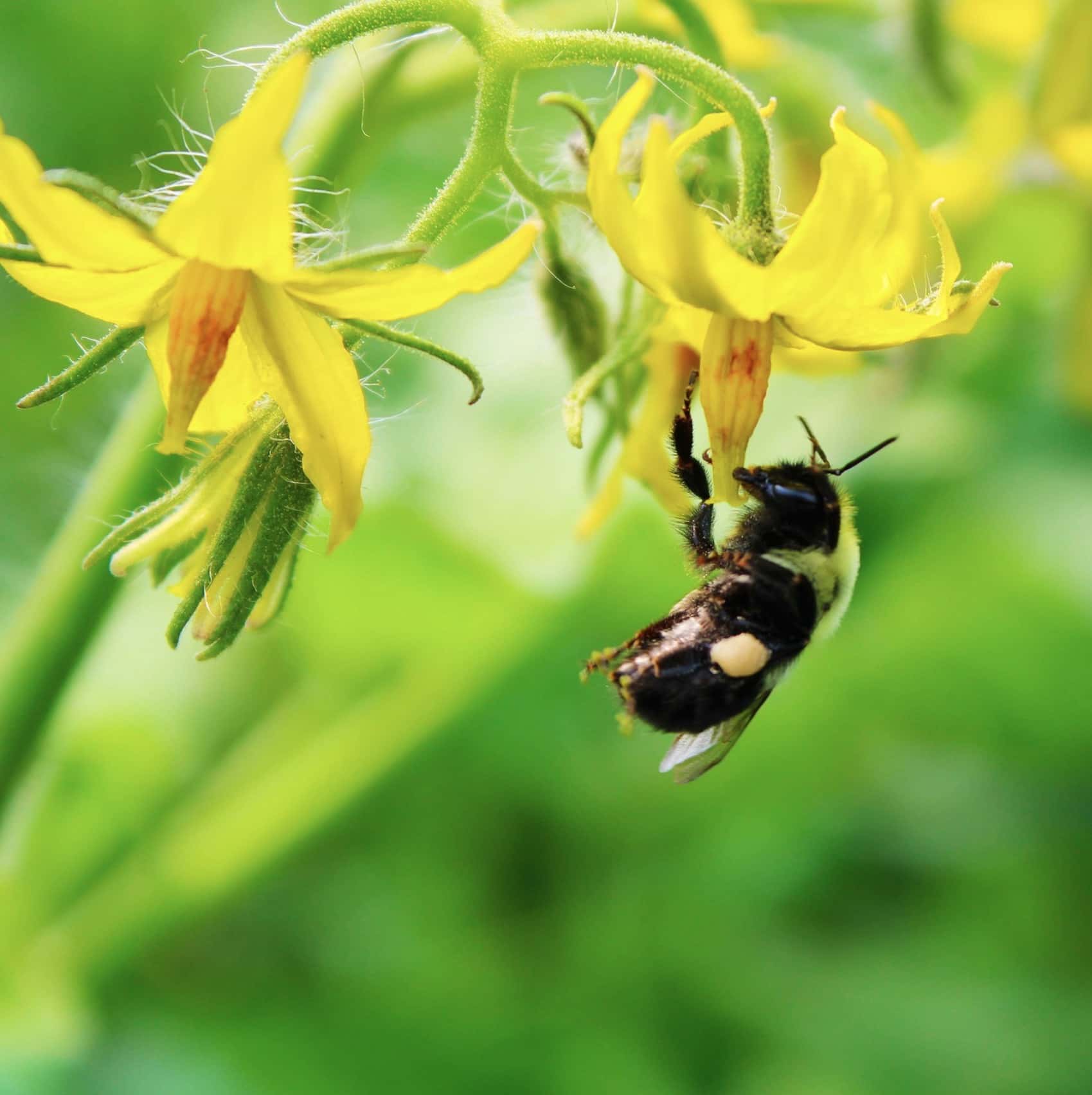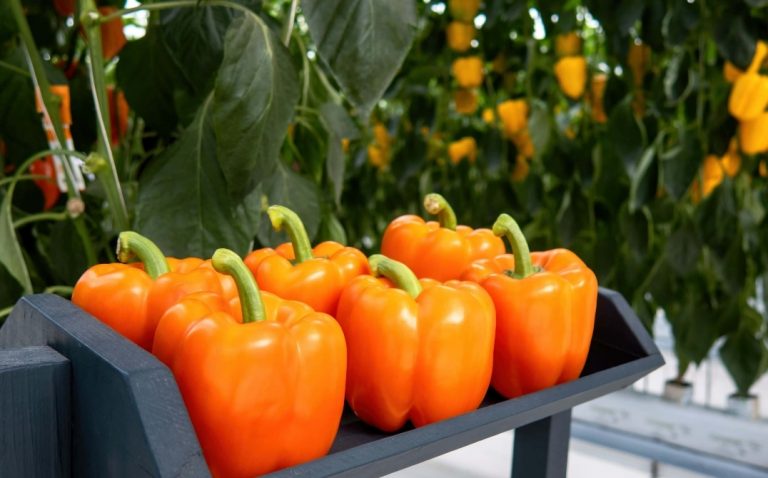Greenhouse grown vegetables are rapidly growing in recognition for their consistent quality and flavors, but also in nutritional content, sustainability, and safety. The reason behind their advanced growing methods lies in the science of controlled environment agriculture (CEA), which leverages advanced technology and natural pollination insights to optimize growing conditions and reduce variability. These precision growing systems offer a level of predictability and care, resulting in vegetables that are fresher, more flavorful, consistent in quality and more nutrient-dense.
At the core of Greenhouse growing is the principle of environmental control. Every critical factor that influences plant health—light, temperature, humidity, CO₂ levels, nutrient delivery, and water—is carefully regulated to create the ideal conditions for photosynthesis and growth. Greenhouse vegetables are shielded from environmental stressors like drought, wind, and frost that could damage peppers, cucumbers and tomatoes. This stress reduction alone contributes to better plant health and stronger cellular structure, producing crisper cucumbers, firmer tomatoes, and sweeter peppers. This means you can enjoy your favroite Greenhouse grown veggies in flavorful seasonal dishes!
Light management is one of the most advanced features in a Greenhouse environment. Through the use of LED lighting systems, growers can supplement natural sunlight or completely control photoperiods and light intensity. Plants have different responses to light spectrums at different stages of growth, and modern Greenhouses can tailor lighting to optimize everything from veggie size to sugar production.
Another major advantage is nutrient delivery through hydroponics—soilless systems that provide precise concentrations of nutrients directly to the plant root zone. This eliminates inconsistencies found in soil, where nutrient availability can fluctuate due to erosion, pH changes, or microbial activity. The result is uniform nutrient uptake, which supports consistent growth rates and balanced development for your juicy tomatoes, crisp cucumbers and colorful peppers. Vegetables grown hydroponically can test higher in micronutrients like iron, magnesium, and potassium because these elements are continuously available in a form optimized for absorption. So slice up those bell peppers and enjoy with hummus or roast tomatoes for your favorite soup and enjoy a nutrient-packed meal.
Temperature control within Greenhouses also plays a critical role. Plants are highly sensitive to thermal stress; even small fluctuations can inhibit photosynthesis or trigger stress hormones that limit growth. By keeping temperatures within optimal thresholds 24/7, Greenhouses ensure that vegetables mature at a steady pace, developing their full range of flavor and nutrients without the interruptions caused by cold snaps or heatwaves. This stability also reduces the need for pesticides, as stressed plants are more prone to disease and pest infestations. Greenhouse bumble bees and ladybugs are hard at work all year round naturally nurturing produce, so you can enjoy reliable and nutritious peppers, tomatoes and cucumbers!
CO₂ enrichment is another science-backed technique that enhances quality in Greenhouse grown vegetables. When elevated within safe limits, carbon dioxide levels can boost photosynthesis rates, leading to faster growth and improved biomass. Greenhouses often rely on special boiler systems. They capture and filter the CO₂ released, which is then used as a natural fertilizer to nourish the growing plants. This process is known as CO₂ recaptured and reintroduced. This not only makes plants look more appealing but also increases the concentration of phytochemicals and chlorophyll—key contributors to flavor and nutritional value.
Food safety is also significantly enhanced in Greenhouse environments. Because the growing process is enclosed and controlled, the risk of contamination from animal waste, polluted irrigation water, or airborne pathogens is drastically reduced. Many Greenhouses employ clean-room protocols, including filtered water systems, hygienic handling practices, and closed-loop irrigation. This ensures that vegetables are not only fresher but also safer, reducing the likelihood of foodborne illness. This means you can feel confident you are eating healthy and safe produce.
Post-harvest quality is another key factor where Greenhouse science makes a difference. Because vegetables are picked at their peak ripeness and immediately chilled or packaged in temperature-controlled facilities, they retain more moisture and nutrients. Greenhouse grown vegetables, being closer to market and handled with care, often arrive with higher levels of vitamins and a longer shelf life. Now thats something to feel good about!
Flavor, arguably the most noticeable difference for consumers, is also a product of Greenhouse precision. When stress is minimized and nutrient uptake is optimized, plants can fully express their genetic potential for flavor compounds—like the sugars in cherry tomatoes or the sweetness in peppers. Greenhouse varieties are often selected for taste and texture, providing a better culinary experience from the Greenhouse to your plate.
In every aspect—from biological integrity to consumer safety—Greenhouse grown vegetables are full of flavor and something to feel good about. With continued advancements in data-driven growing techniques, artificial intelligence, and crop-specific lighting systems, the quality gap is only set to widen, bringing more flavorful, nutrient-rich, and sustainable food options to consumers.




